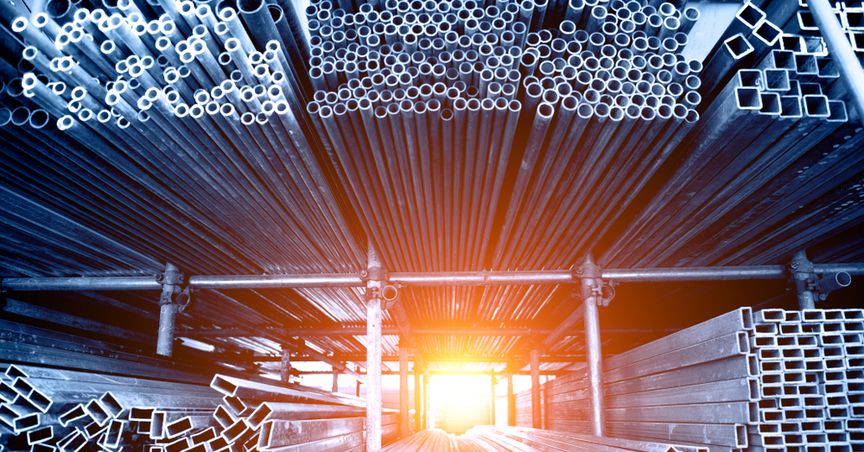Highlights
- FTSE 100 all set to lose one of its biggest listed blue-chip companies under radical overhaul.
- BHP aims to streamline its dual-listing structure by having only one primary listing on the Australian Securities Exchange (ASX).
- This comes as the company recently reveals its new deal to exit the oil and gas market.
FTSE100, the blue-chip index of the London Stock Exchange (LSE), which comprises some of the largest companies by market capitalisation, could lose metal and mining giant BHP Group Plc, which is one of the top companies on the list and the second largest by market capitalisation. It has a weightage of around 2.6% in the index.
According to media reports, BHP aims to streamline its dual-listing structure by having only one primary listing on the Australian Securities Exchange (ASX).
The BHP’s delisting could spark sell-off in the BHP shares by the portfolio managers and Exchange-Traded Funds, who currently have holdings in the stock and follow the index. It would be a big disappointment for the investors keen on the mining sector as the exit would result in major mining exposure reduction from the exchange.
Why is BHP delisting from London?
BHP has stated that it wants to unite its dual-corporate structure by moving its primary stock market listing to Australia. This huge decision to delist was taken by the company as its new deal to exit the oil and gas market was revealed. The mining giant is planning to do so by selling its petroleum business to Australia’s Woodside Petroleum, and the shares it will get in exchange will be distributed among its investors. Due to the increasing prices of goods and strong demand from the Chinese market, a record final dividend of US $10.1 billion, i.e. US $2 per share, was announced by the company, which took its total payout to US $15 billion for the year. Mainly, the drivers of the company’s profits were the steelmaking commodity iron ore and copper. The company’s net debt also decreased by 66% to US $4.1billion.
ALSO READ: BHP shares surge on record FY21 final dividend and Woodside merger
Two decades since its creation, the simplification of the complex dual-listed structure of the company, which comprises of BHP Plc listed in London and BHP Ltd listed in Sydney, as well as the exit from oil and gas, have been the most radical overhauling moves of the world’s biggest miner BHP. Moving away from fossil fuels, the company is trying to shift its focus towards commodities like nickel, copper, and fertilisers. The plans to spend around US $5.7 billion for the development and completion of the Jansen potash project in Canada have also been approved by the board of the company.
However, the UK shareholders may oppose the move of the company to shift its primary listing to the stock exchange of Australia. Due to investors’ insistence in 2018, Unilever was forced to abandon its unification plans of its dual-listed structure into a single Rotterdam-based company, but it consolidated in London later. As per analysts, the opposition by shareholders will be less in this case as the unification will support the narrowing of the discount between BHP’s shares in London and Australia.
ALSO READ: 3 FTSE oil and gas stocks in focus after OPEC maintains 2021 demand forecast
As the hedge funds scooped up the UK-listed shares, shares in BHP increased by 3.4% to £23.58 in London. Due to the favorable tax treatment of dividends in Australia, these shares have traded at a 20 per cent discount to the Sydney-listed shares in the past few years. With a market capitalisation of over £129 billion, BHP stood just after AstraZeneca at £133 billion as the second biggest company on the London Stock Exchange on Tuesday as per Financial Times. Several UK shareholders will be pushed to sell their shares due to the investment mandates under the existing rules as BHP will be removed from the blue-chip index.
Since the merger of BHP and Billiton in 2001, its dual-listing structure has been prevailing. However, BHP’s 2015 decision to spin off a group of unwanted assets into a new entity South32, and was responsible for majority of that deal being picked apart. At present, a major proportion of the BHP revenues are generated from Australia, where the company also has its headquarters. On the other hand, not even 5% of the profits of the group are generated from the assets held under its UK office.
Summing up
The dual structure can be scrapped with the support extended by 75% of the company’s shareholders present at a special meeting. Shares will be received by shareholders on a one-to-one basis. This move will make dealmaking easier for BHP, and support in the decarbonising and net-zeroing of its output.



